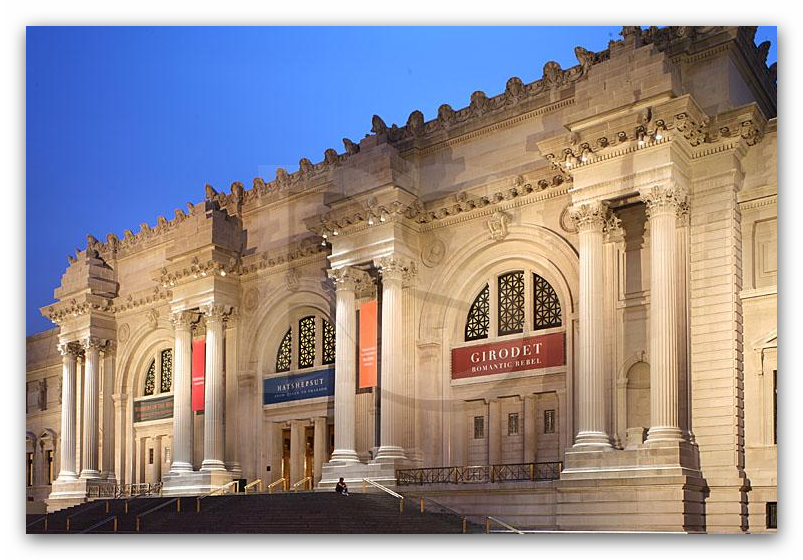Mar 12 2018 - Jul 29 2018
New York City, NY
Drawing largely on the encyclopedic holdings of The Met, this exhibition illustrates the horticultural boom that reshaped much of the French landscape during the 19th century. As shiploads of exotic botanical specimens arrived from abroad and local nurserymen pursued hybridization, the availability and variety of plants and flowers grew exponentially, as did the interest in them.
The opening up of formerly-royal properties and the transformation of Paris during the Second Empire into a city of tree-lined boulevards and parks introduced public green spaces to be enjoyed as open-air salons, while suburbanites and country-house dwellers were inspired to cultivate their own flower gardens. By 1860, the French journalist Eugène Chapus could write: "One of the pronounced characteristics of our Parisian society is that . . . everyone in the middle class wants to have his little house with trees, roses, and dahlias, his big or little garden, his rural piece of the good life."
The important role played by parks and gardens in contemporary French life is richly documented in works in The Met collection by artists extending from Corot to Matisse, many of whom were gardeners themselves. The popularity of botanical and floral motifs at this time is evidenced throughout the pictorial and decorative arts.
From paintings by the Impressionists to photographs of the era and vases made to display lush bouquets, this presentation of some 150 works provide a fresh, multi-sided perspective on best-known and hidden treasures housed in a Museum that took root in a park: namely, New York's Central Park, which was designed in the spirit of Parisian public parks of the same period.
Credit: Exhibition overview from museum website .
Whether or not you go, you can bring the exhibition into your home. The exhibition catalogue, Public Parks, Private Gardens: Paris to Provence, presents masterworks by great Romantic, Impressionist, and early modern artists such as Bonnard, Cassatt, Cézanne, Corot, Daumier, Van Gogh, Manet, Matisse, Monet, and Seurat. Many of these artists were themselves avid gardeners, and they painted parks and gardens as the distinctive scenery of contemporary life. Writing from the perspective of both a distinguished art historian and a trained landscape designer, Colta Ives provides new insights not only into these essential works, but also into this extraordinarily creative period in France’s history.
The spectacular transformation of Paris during the 19th century into a city of tree-lined boulevards and public parks both redesigned the capital and inspired the era’s great Impressionist artists. The renewed landscape gave crowded, displaced urban dwellers green spaces to enjoy, while suburbanites and country-dwellers began cultivating their own flower gardens. As public engagement with gardening grew, artists increasingly featured flowers and parks in their work.
Tap Public Parks, Private Gardens: Paris to Provence for more information, or to add the publication to your Amazon shopping cart.
Exhibition Venues & Dates
Mar 12 2018 - Jul 29 2018
New York City, NY

